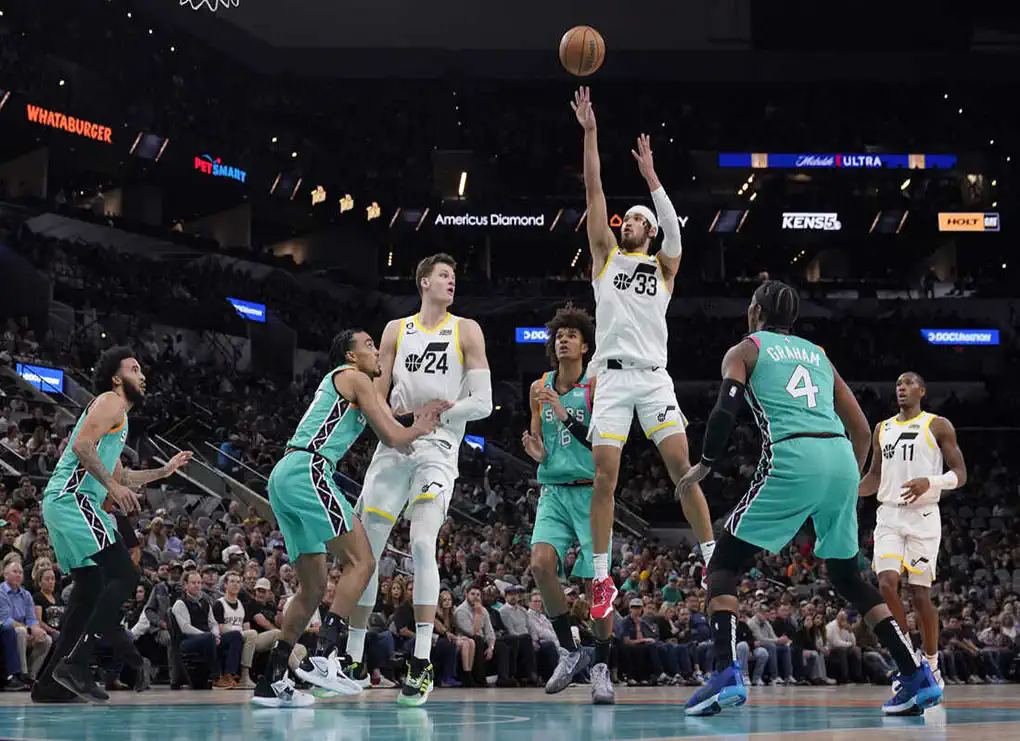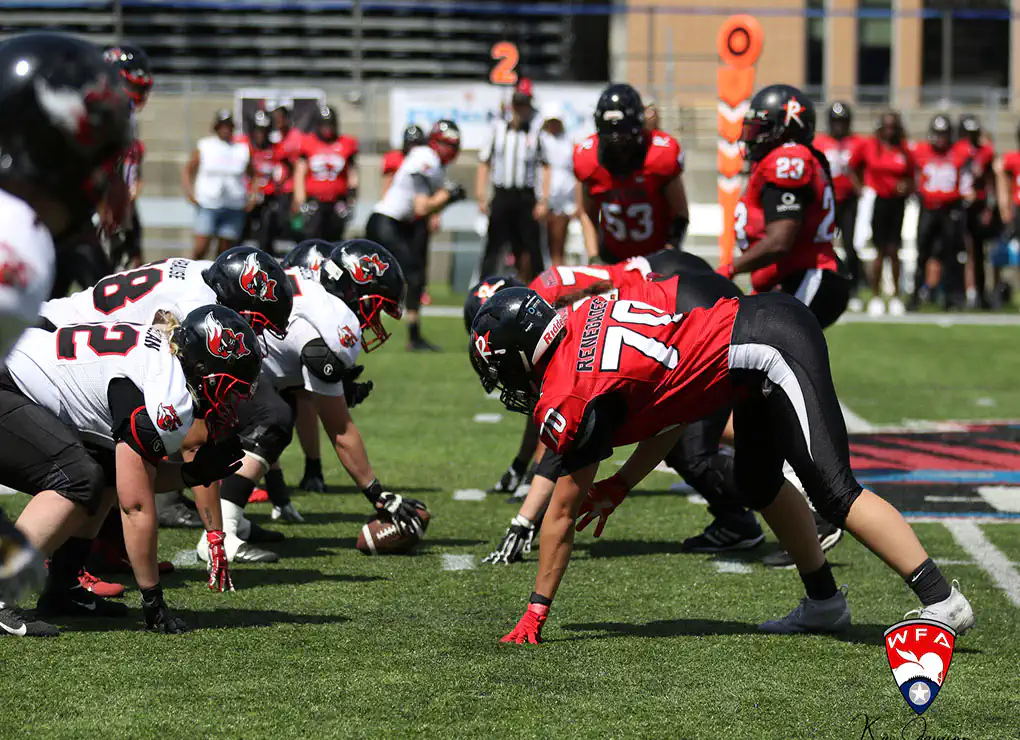Decoding the Playbook: Unveiling NFL strategy game in Detail

Welcome to the thrilling world of NFL strategy! This guide delves deeper into the intricate strategies utilized by coaches and players to gain the upper hand on the gridiron. We’ll explore offensive and defensive schemes, deciphering the intricate plays that unfold on Sundays.
The Strategist’s Toolbox: Core Concepts in NFL Game Planning
Imagine a chessboard where each move has the potential to shift the outcome of the game. That’s the essence of NFL strategy. From the head coach outlining the overall plan to the offensive and defensive coordinators devising detailed schemes, every individual plays a crucial role in orchestrating success. Over the years, the strategic landscape has seen drastic changes, evolving from the ground-and-pound dominance of the past to the explosive passing attacks that take center stage today.
Offensive Strategies: Orchestrating the Attack
Run-Heavy Approach: This strategy prioritizes controlling the clock and wearing down the defense. Imagine a battering ram pushing forward. Running backs carry the ball repeatedly, aiming for consistent gains and keeping the opposing offense off the field. This approach relies heavily on a strong offensive line to create running lanes and a dominant running back with power and stamina.
Pass-Heavy Scheme: This strategy takes a more aerial approach, aiming to exploit weaknesses in the defense and score quickly. Think of a skilled archer launching precise strikes. Quarterbacks throw the ball frequently, targeting receivers who run specific routes to create separation and catch passes. This approach requires a skilled quarterback with accuracy and decision-making abilities, along with speedy and agile receivers who can outrun defenders.
Offensive Formations: Different formations, like the spread offense with its wide spacing and the West Coast offense with its emphasis on short, efficient passes, offer distinct advantages. Regardless of the formation, play-action passing is a common tactic used to deceive the defense. The quarterback fakes a handoff to a running back, drawing defenders closer to the line of scrimmage, before throwing a pass to a now-open receiver downfield.

Precision Strikes: Exploring Passing Strategies NFL
Passing strategies can be categorized into two main styles:
Short-Passing: These are quick throws, often completed behind the line of scrimmage or to receivers running short routes. They prioritize ball security and gaining manageable chunks of yardage.
Deep-Passing: These are long throws that aim to exploit weaknesses in the defense and create explosive plays. Think of a daring Hail Mary pass at the end of the game. However, deep passes carry a higher risk of interception if not executed precisely.
To understand passing strategies fully, it’s crucial to grasp two key concepts:
Zone Blocking: Offensive linemen don’t block specific defenders but rather “zones” on the field, creating running lanes for the ball carrier or protecting the quarterback.
Man-to-Man Coverage: Defensive backs are assigned to specific receivers, staying “tight” with them throughout the play to prevent them from catching the ball.
Offensive coordinators, similar to chess grandmasters, utilize various route combinations. Each receiver runs a specific path, aiming to confuse the defense and create passing windows for the quarterback. Understanding these strategies adds another layer of appreciation for the complex choreography unfolding on the field.
Defensive Strategies: Building an Impenetrable Wall
Defensive strategies aim to limit the opponent’s offensive production. Against the run, different defensive fronts, like the 3-4 alignment with three defensive linemen and four linebackers, or the 4-3 with four defensive linemen and three linebackers, offer varying strengths and weaknesses. Tackling techniques and gap discipline, where defenders maintain control of specific areas of the field, are essential for effective run defense.
Shutting Down the Pass: Strategies for Airtight Coverage
When defending the pass, strategies like zone coverage, where defenders are responsible for specific areas of the field, and man-to-man coverage, where defenders are assigned specific receivers, are commonly employed. Zone coverage allows defenders to react to the quarterback’s reads and defend against short passes, while man-to-man coverage aims to limit the separation between receivers and their defenders. Blitzing, where additional defenders rush the quarterback, can disrupt passing plays but leaves the defense vulnerable to run plays if unsuccessful.










